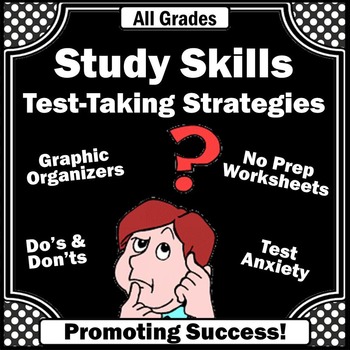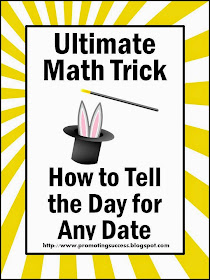Besides, the ability to do well on tests can help throughout life in such things as getting a driver's license, trying out for sports, or getting a job. Without this ability, a person can be severely handicapped.
Your child can develop this ability, and you can help the child do it. Just try the simple techniques described in this report.
Why Test?
It's helpful for a child to understand why schools give tests, and to know the different kinds of tests.
Tests are yardsticks. Schools use them to measure, and then improve education. Some tell schools that they need to strengthen courses or change teaching techniques. Other tests compare students by schools, school districts, or cities. All tests determine how well "your child" is doing. And that's very important.
Most of the tests your child will take are "teacher-made." That is, teachers design them. These tests are associated with the grades on report cards. They help measure a student's progress--telling the teacher and the student whether he or she is keeping up with the class, needs extra help, or, perhaps, is far ahead of other students.
Now and then your child will take "standardized" tests. These use the same standards to measure student performance across the country. Everyone takes the same test according to the same rules. This makes it possible to measure each student's performance against that of others. The group with whom a student's performance is compared is a "norm group" and consists of many students of the same age or grade who took the same test.
Ask the School
It could be useful for you to know the school's policies and practices on giving standardized tests and the use of test scores. Ask your child's teacher or guidance counselor about the kinds of tests your child will take during the year--and the schedule for testing.
One other thing: some schools give students practice in taking tests. This helps to make sure that they are familiar with directions and test format. Find out whether your child's school gives "test-taking practice" on a regular basis or will provide such practice if your child needs it.
Avoid Test Anxiety
It's good to be concerned about taking a test. It's not good to get "test anxiety." This is excessive worry about doing well on a test and it can mean disaster for a student.
Students who suffer from test anxiety tend to worry about success in school, especially doing well on tests. They worry about the future, and are extremely self-critical. Instead of feeling challenged by the prospect of success, they become afraid of failure. This makes them anxious about tests and their own abilities. Ultimately, they become so worked up that they feel incompetent about the subject matter or the test.


















